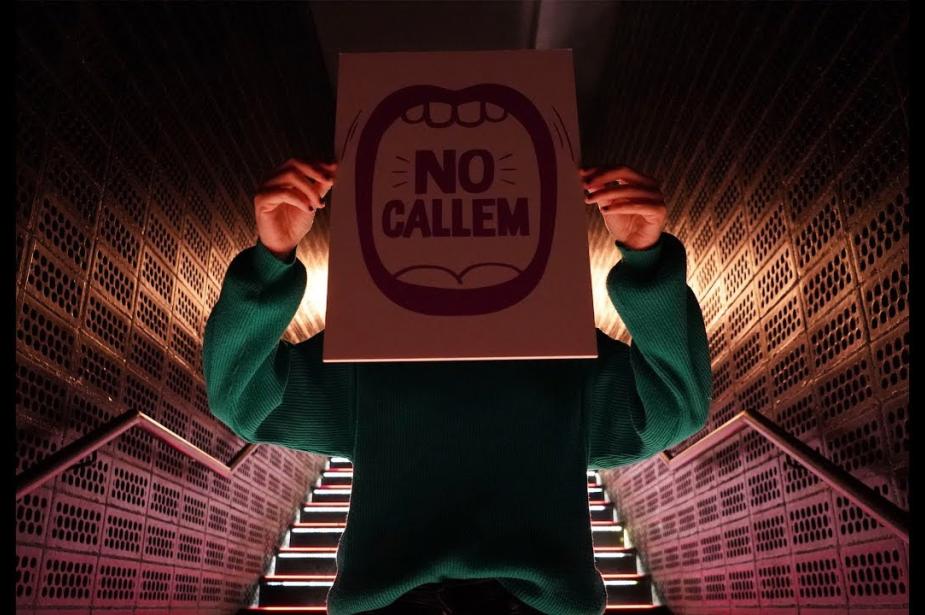
Creating safer spaces: concrete steps music venues can take to become more inclusive

In the ever-evolving landscape of live music, the concept of a safe and inclusive space has become more vital than ever. As the beating heart of cultural communities, it is essential that music venues foster an environment where all individuals feel comfortable, respected, and protected.
Under the guidance of Sexism Free night, the Liveurope members have joined a collective effort to share knowledge and insights on their journeys enhancing concerts experience for all. This collaboration has brought together a diverse range of experiences, ideas, and perspectives from 21 iconic venues based in the four corners of Europe.
This page brings a summary of the exchanges and puts forward actionable steps that venues can take to become safer spaces for their audiences.
Key learnings
Some of the main recurring elements that came up during the exchanges were the following:
- Becoming a safer space means implementing actions to ensure your audience can have a safe night out without facing any kind of violence, harassment, discrimination, or other unwanted behaviours.
- Making your venue a safer space is a constantly evolving process. As a venue, you must adapt to new challenges and get feedback to improve your actions on safer spaces.
- Doing a training is not an end in itself but is a very good starting point that can give you the right tools to become a safer space, once you have established your venue’s policy and vision on what you want to work on.
- Involving the whole staff (from the office staff to production, through bar staff, and security) is crucial.
- Be clear on what you expect from your security staff. Dealing with the unwanted behaviours of our audience can be a job in itself. It could be wise to define the limits of the work of your security and then designate a contact in your staff who can be aware of the protocol you have established and can supervise certain situations.
A step-by-step approach that venues can take become safer spaces
Define your vision and write down a gender-responsive policy to which your venue is committed. This can take the form of a manifesto or simple assertions on what you stand for and what is and isn’t tolerated in your venue. This can then be translated into action.
Examples: Apolo, Rules, Village’s Underground harassment and discrimination policy, Nová Cvernovka’s “who we are” section.
One of the first actions you can take is to have a training with a person or organisation specialised in safety and sexual violence issues. This training should involve everybody on the staff, especially the security, bar staff and anyone working on-site during the shows.
Examples: Sexism Free Night or Good Night Out trainings, among others.
Following this training, you can also define a protocol (e.g. step-by-step guide on how to act when confronted to certain situations: how to handle the victims, the perpetrator, who to contact, etc.). Such a protocol should be consensual and applied by your whole staff.
Example: “No Callem” protocol from Barcelona’s city council.
It’s essential to inform your audience of the actions you are implementing. This way, they know what they can do if they are witnesses or victims of certain situations.
Examples: Apolo’s campaign, AB’s “Take Care” posters.
During events, you can also designate one specific contact that can be more aware of your protocol and that can manage an unwanted situation. It can be one person or a group of persons to which the audiences can easily reach out.
Examples: ‘Angels’ by Ancienne Belgique, or ‘Ask For Angela’ in the UK, Night Angels by Sveta Baar.
- Becoming a safer space is an ongoing process. It is important to take time to evaluate your actions, take feedback and implement changes if they are needed.
For more information and guidance, you can check this whitepaper by Sexism Free Night.

























